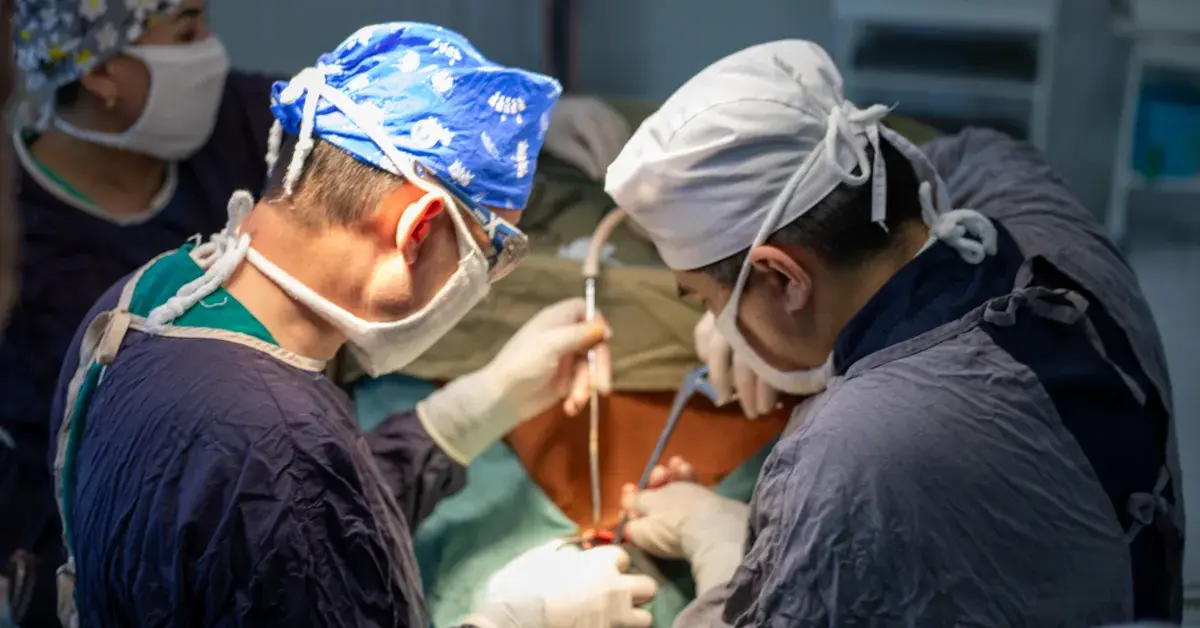
Safety Rate
A bone marrow transplant is a specialized medical procedure used to replace damaged or diseased bone marrow with healthy stem cells. This vital treatment can restore the body’s ability to produce blood cells, especially in patients with conditions like leukemia, lymphoma, or severe aplastic anemia. It serves as a lifeline when conventional therapies fall short. Understanding the types of transplant involved is crucial, as each approach is tailored to the patient’s specific diagnosis, overall health, and treatment goals.
Autologous stem cell transplant, commonly known as auto stem cell transplant, is a type of procedure where a patient’s own stem cells are collected, preserved, and reintroduced after intensive treatment like high-dose chemotherapy. This method is widely used in treating blood cancers such as lymphoma and multiple myeloma.
Allogeneic stem cell transplant, or allo transplant, involves transferring stem cells from a genetically matched donor to a patient. This is one of the two primary forms of bone marrow transplantation, with the other known as an autologous (auto) transplant. Allo transplants are commonly used when the patient’s bone marrow is affected by severe diseases or when there is a high risk of relapse with auto transplants.
Reduced intensity conditioning (RIC) transplant is a less aggressive approach to allogeneic stem cell transplantation. Instead of using high-dose chemotherapy or radiation to completely destroy the patient’s bone marrow, RIC uses lower doses to suppress the immune system and allow donor cells to engraft. This approach has expanded the eligibility of types of transplant for older adults or those with coexisting health conditions, especially in the context of advanced hematology treatment.
Advantages
Disadvantages
At Kannappa Memorial Hospital, every bone marrow transplant is guided by precision, compassion, and an in depth understanding of the patient’s condition. Whether it’s an autologous or allogeneic transplant, our multidisciplinary team ensures the approach is tailored to maximize success and minimize risk. With advanced infrastructure and experienced hematologists, we provide holistic care through each stage of treatment. From diagnosis to long term follow up, we prioritize safety, survival, and quality of life. Bone marrow transplant is not just a procedure it’s a new beginning, and we are committed to making it count.
Read Also: Hematologic Cancers.
info-title
info-title
info-title
info-title
The best donor is usually a fully HLA-matched sibling, which offers the highest compatibility and lowest risk of complications. If a sibling match isn’t available, matched unrelated donors from international registries are considered. Advances in haploidentical and cord blood transplantation have widened donor options, making it possible for nearly every patient to find a suitable match with proper screening and testing.
Bone marrow is classified into two types: red marrow and yellow marrow. Red marrow is responsible for producing red blood cells, white blood cells, and platelets, and is found in flat bones like the pelvis and sternum. Yellow marrow, mainly composed of fat, is found in long bones and can convert into red marrow during severe blood loss or increased demand for blood cell production.
The two primary types of donors are related and unrelated donors. Related donors, often siblings or parents, typically offer better matches due to genetic similarity. Unrelated donors are individuals found through national or international bone marrow registries. Both donor types undergo thorough medical evaluations and HLA typing to ensure compatibility and safety before donation is approved.